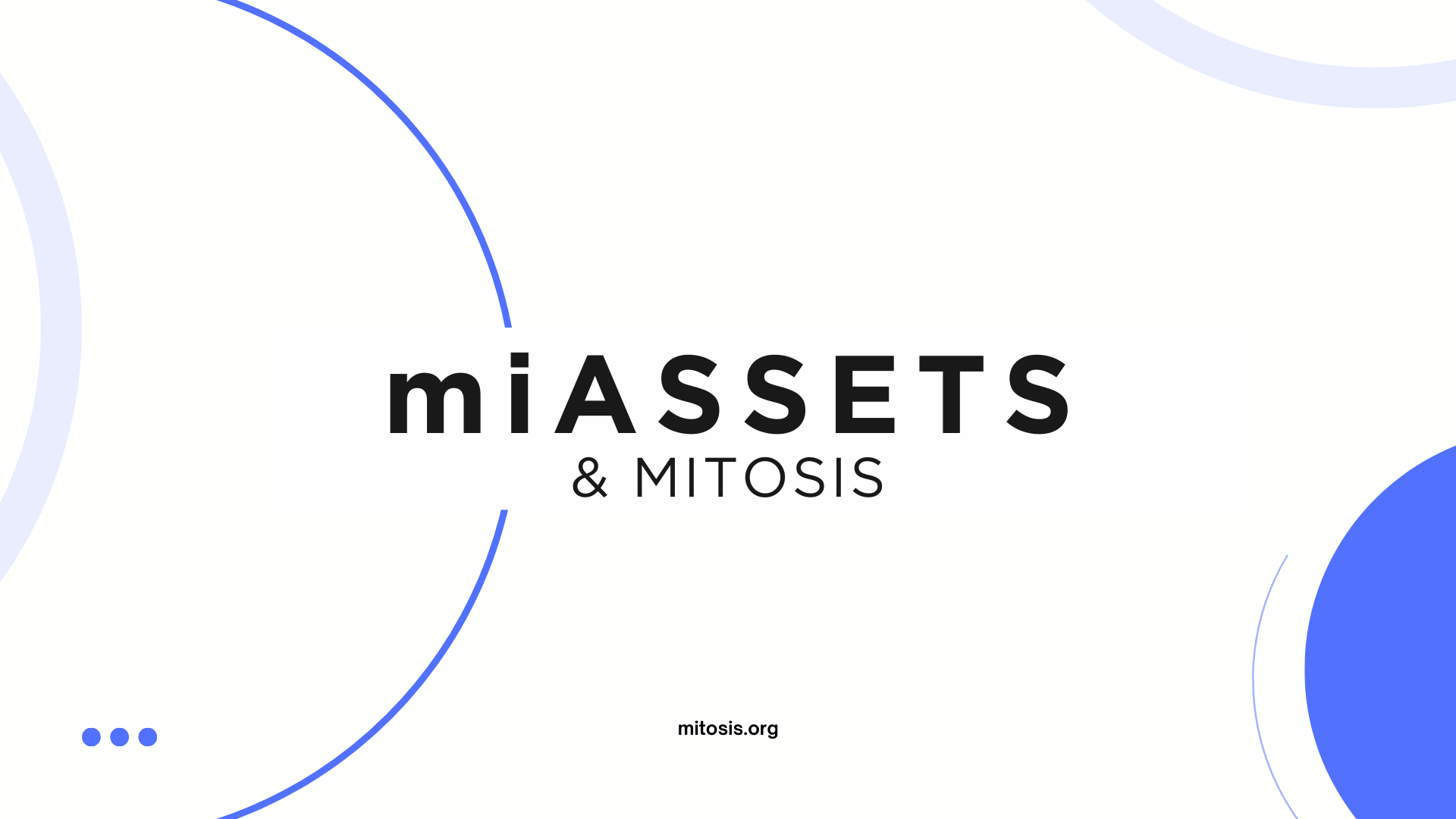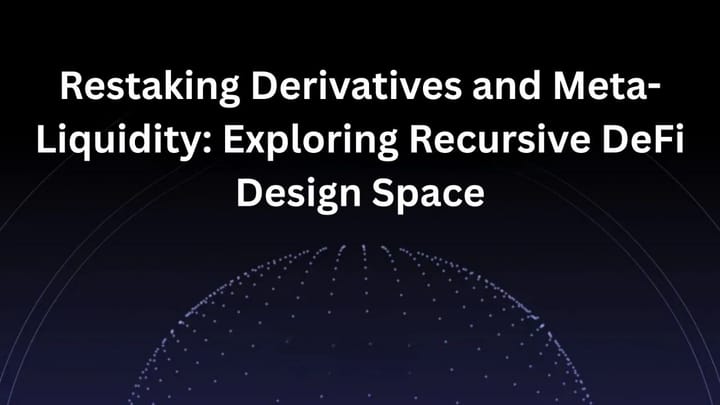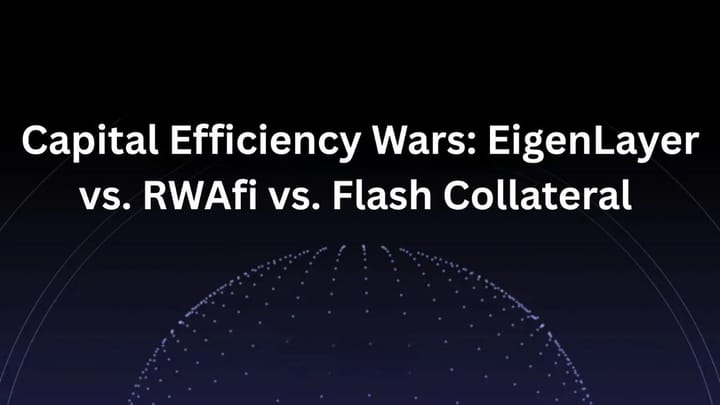miAssets and Mitosis

miAssets are a cornerstone of the Mitosis ecosystem, an Ecosystem-Owned Liquidity (EOL) Layer 1 blockchain designed to redefine liquidity provision and management in decentralized finance (DeFi). Built to address the inefficiencies of traditional liquidity models, Mitosis leverages miAssets to empower liquidity providers (LPs), enhance capital efficiency, and support the growth of modular blockchains by providing a scalable, community-governed liquidity layer. This comprehensive exploration delves into the mechanics, purpose, and broader implications of miAssets, drawing from Mitosis’s foundational principles and technical architecture.
The Mitosis Ecosystem and the Role of miAssets
Mitosis is a Layer 1 blockchain that operates as an EOL platform. Its liquidity pools are collectively owned and governed by the ecosystem’s participants rather than centralized entities or individual protocols. Unlike conventional DeFi systems where liquidity is fragmented across isolated pools, Mitosis consolidates and strategically allocates liquidity across multiple supported networks to optimize yield generation and ecosystem growth. This is achieved through a governance process where stakeholders decide how pooled assets are deployed—whether for staking, lending, or supporting emerging blockchains seeking to capture Total Value Locked (TVL) and attract users. For an overview of this vision, see the Mitosis website.
At the heart of this system are miAssets, yield-bearing tokens issued to LPs who deposit assets into Mitosis Vaults. These vaults serve as the entry points to EOL pools, accepting assets such as Ethereum-based tokens (e.g., weETH) from various supported networks. Upon depositing assets, LPs receive miAssets (e.g., miweETH) at 1:1, representing their proportional ownership of the underlying liquidity pool. These tokens are not static placeholders; they automatically accrue yields derived from a diverse range of DeFi opportunities across multiple chains, a process Mitosis terms "omni-sourced yield." This mechanism simplifies the LP experience by eliminating the need to manually navigate and manage assets across disparate protocols, making DeFi more accessible to retail users while maximizing returns.
Mechanics of miAssets
The lifecycle of miAssets begins with asset deposition into a Mitosis Vault on a supported network, such as Ethereum or an Ethereum-aligned chain. Once deposited, these assets are represented as Vanilla Assets on the Mitosis L1 chain, a neutral state reflecting the raw liquidity contribution. LPs then have the option to opt into the EOL framework, converting their Vanilla Assets into miAssets. This conversion unlocks two key features: yield generation and governance participation.
- Yield Generation: miAssets accrue profits from the ecosystem’s liquidity allocations, which are managed by the Mitosis community through governance. The pooled liquidity might be deployed into staking contracts, lending platforms, or liquidity pools on various chains, with earnings funneled back into the Vaults. These profits are then distributed to miAsset holders proportionally, regardless of the network where their assets were originally deposited. This cross-chain yield aggregation enhances capital efficiency by ensuring liquidity is utilized where it generates the most value.
- Governance Rights: Holding miAssets grants LPs voting power in the EOL governance process. This allows them to influence how liquidity is allocated—prioritizing high-yield opportunities, supporting new modular blockchains, or balancing risk and reward. This democratic approach aligns the interests of LPs with the ecosystem’s long-term growth, fostering a self-sustaining model where liquidity serves both individual and collective goals.
The Mitosis L1 chain, secured by Ethereum through EigenLayer’s restaking mechanism, ensures the integrity and interoperability of these operations. By leveraging Ethereum’s robust security, Mitosis can confidently manage liquidity across multiple ecosystems while maintaining trust and transparency.
Programmability and Composability
One of the standout features of miAssets is their programmability, setting them apart from traditional liquidity tokens. In most DeFi protocols, liquidity positions (e.g., LP tokens from AMMs) are locked and offer limited utility beyond staking or redemption. miAssets, however, are designed for composability within the Mitosis ecosystem. LPs can deploy miAssets into advanced DeFi strategies on the Mitosis L1 chain, such as:
- Lending Protocols: Use miAssets as collateral to borrow other assets, amplifying capital efficiency.
- Prediction Markets: Leverage miAssets to participate in decentralized betting or forecasting platforms.
- Next-Generation AMMs: Integrate miAssets into innovative liquidity pools built natively on Mitosis.
This flexibility transforms liquidity from a passive resource into an active, programmable asset. LPs retain control over their positions, enabling them to adapt to market conditions or pursue additional yield opportunities without sacrificing liquidity. Furthermore, miAssets remain tradable, allowing holders to exit or adjust their positions as needed, contrasting with the rigid lockups common in traditional staking models.
Addressing DeFi Pain Points
miAssets tackle several inefficiencies inherent in conventional DeFi liquidity provision:
- Fragmentation: Liquidity in DeFi is often siloed within specific protocols or chains, limiting its utility and yield potential. miAssets consolidate liquidity into a unified pool, managed collectively to optimize returns across ecosystems.
- Inaccessibility: Retail LPs frequently struggle to navigate the complexity of DeFi, from selecting protocols to managing gas fees across chains. miAssets abstract this complexity, offering a token that passively accrues multi-chain yields.
- Lockup Periods: Traditional staking or liquidity provision often locks assets for extended periods, reducing flexibility. miAssets remain liquid and composable, giving LPs continuous access to their capital.
- Ecosystem Bootstrapping: New modular blockchains face challenges in attracting initial TVL and users. Mitosis, through miAssets and EOL, provides a ready-made liquidity layer that emerging chains can tap into, accelerating their growth.
Future Potential and Vision
Looking ahead, miAssets could evolve into a universal standard for liquidity representation in DeFi. As Mitosis expands its supported networks and integrates more assets, miAssets may become a cross-chain liquidity passport, usable across many ecosystems. The programmability of miAssets also opens the door to novel financial instruments, such as derivatives or tokenized yield streams, further enriching the DeFi landscape. To explore the technical underpinnings of this vision, check out the Mitosis Documentation.
The Mitosis litepaper emphasizes a vision of “maximizing capital efficiency through ecosystem-owned liquidity.” miAssets embody this by aligning the incentives of LPs, developers, and emerging blockchains. By democratizing liquidity management and embedding it with yield and utility, miAssets pave the way for a more interconnected, efficient, and user-centric DeFi ecosystem. For insights into how Mitosis collaborates with partners to enhance liquidity, see the Mitosis Blog.
You can keep in touch with MITOSIS by following:
WEBSITE || X (Formerly Twitter) || DISCORD|| DOCS


Comments ()